Last weekend, I stumbled upon one of Italy’s best-kept culinary secrets—dining on a trabocco, an ancient wooden fishing platform stretching out over the Adriatic Sea.
These incredible structures, once built by fishermen who wanted to avoid risky sea journeys, now serve up some of the most unique dining experiences you’ll ever find.
Sitting above the gentle waves, listening to water slapping the wooden stilts, I dug into the freshest seafood I’ve ever tasted—caught just meters from where I sat.
The trabocco I visited belongs to a family who’s kept this fishing tradition alive for generations.
They’ve turned part of their working platform into a tiny restaurant, and everything they serve comes straight from the sea below.
My meal kicked off with raw scampi so fresh they almost sparkled, then moved to a simple but perfect spaghetti alle vongole—clams harvested that very morning.
What sets this apart isn’t just the setting or the food—it’s the connection to a fading way of life.
As I sipped crisp local wine and watched the sunset splash gold across the water, I realized I wasn’t just eating dinner; I was joining in a centuries-old tradition.
The trabocchi of Abruzzo give you more than just a meal—they offer a peek into Italy’s rich coastal heritage that most travelers miss.
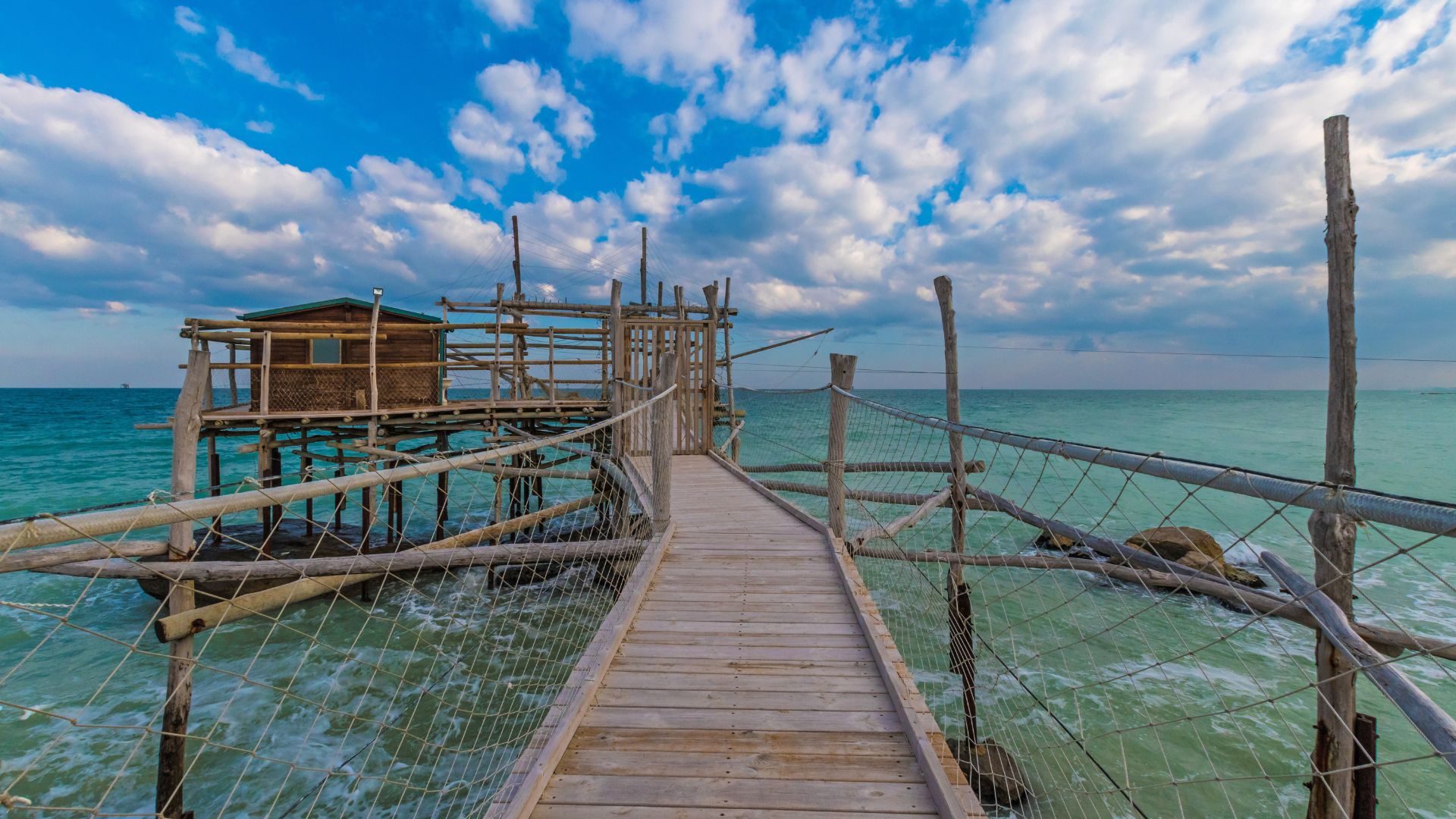
Discovering Ancient Fishing Platforms
My adventure into ocean-top dining started when I learned about these wild structures that have served coastal communities for centuries.
These platforms blend practical fishing needs with cultural traditions that still shape coastal life.
History and Significance
These fishing platforms go back hundreds of years in several coastal regions across Southeast Asia.
Local fishermen built these wooden structures to reach deeper waters without needing big boats.
In Indonesia, they call them “bagan,” while in the Philippines, locals know them as “baklad.”
The platforms became more than just tools—they turned into cultural icons.
During my research, I found out that many coastal communities see them as sacred places where the ocean’s bounty ties into ancient beliefs about prosperity and sustainability.
What grabbed my attention was how these platforms changed over time.
They started as basic wooden frames, but now some have small shelters, cooking spots, and even sleeping quarters for fishermen on long trips.
Communities even throw annual festivals to honor these structures, showing just how important they are to local heritage and the economy.
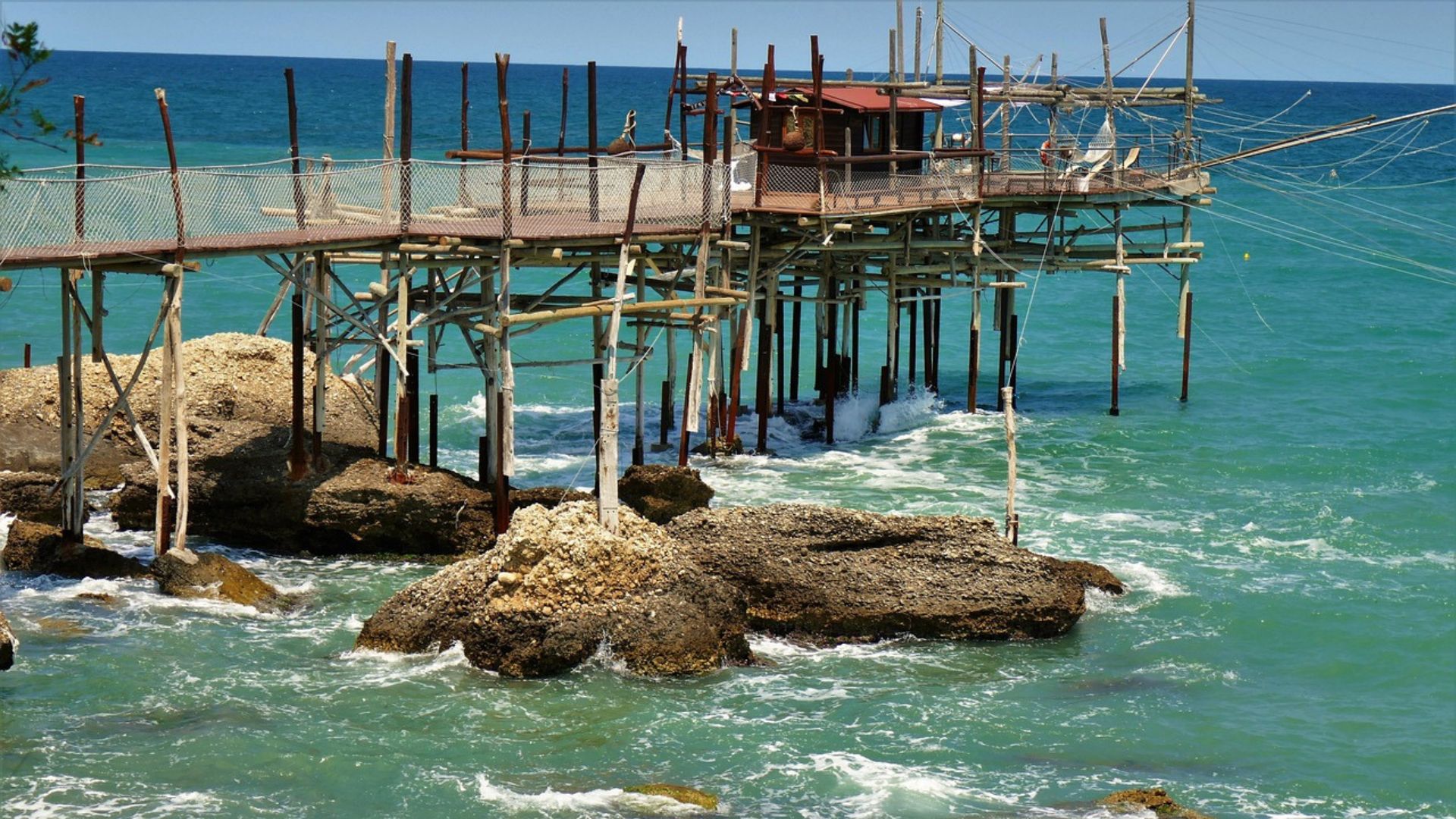
Traditional Fishing Methods
The fishing methods used on these platforms are pretty clever.
Most use big square nets that get lowered deep into the water right below the platform.
At night, fishermen hang kerosene lamps or modern LED lights above the water to draw in fish.
I watched, totally fascinated, as a couple of people worked the platform’s pulley systems to haul up these massive nets full of fish.
They usually catch:
- Mackerel and tuna
- Squid and cuttlefish
- Reef fish
- Sometimes crustaceans
The sustainability of these methods impressed me.
Unlike trawling, these traditional techniques target specific spots without wrecking the bigger marine ecosystem.
The fishermen I met take pride in catching only what they need, letting juvenile fish and endangered species go free.
Timing is everything.
Most of the action happens during the darker phases of the moon, when the artificial lights work best at luring in marine life.
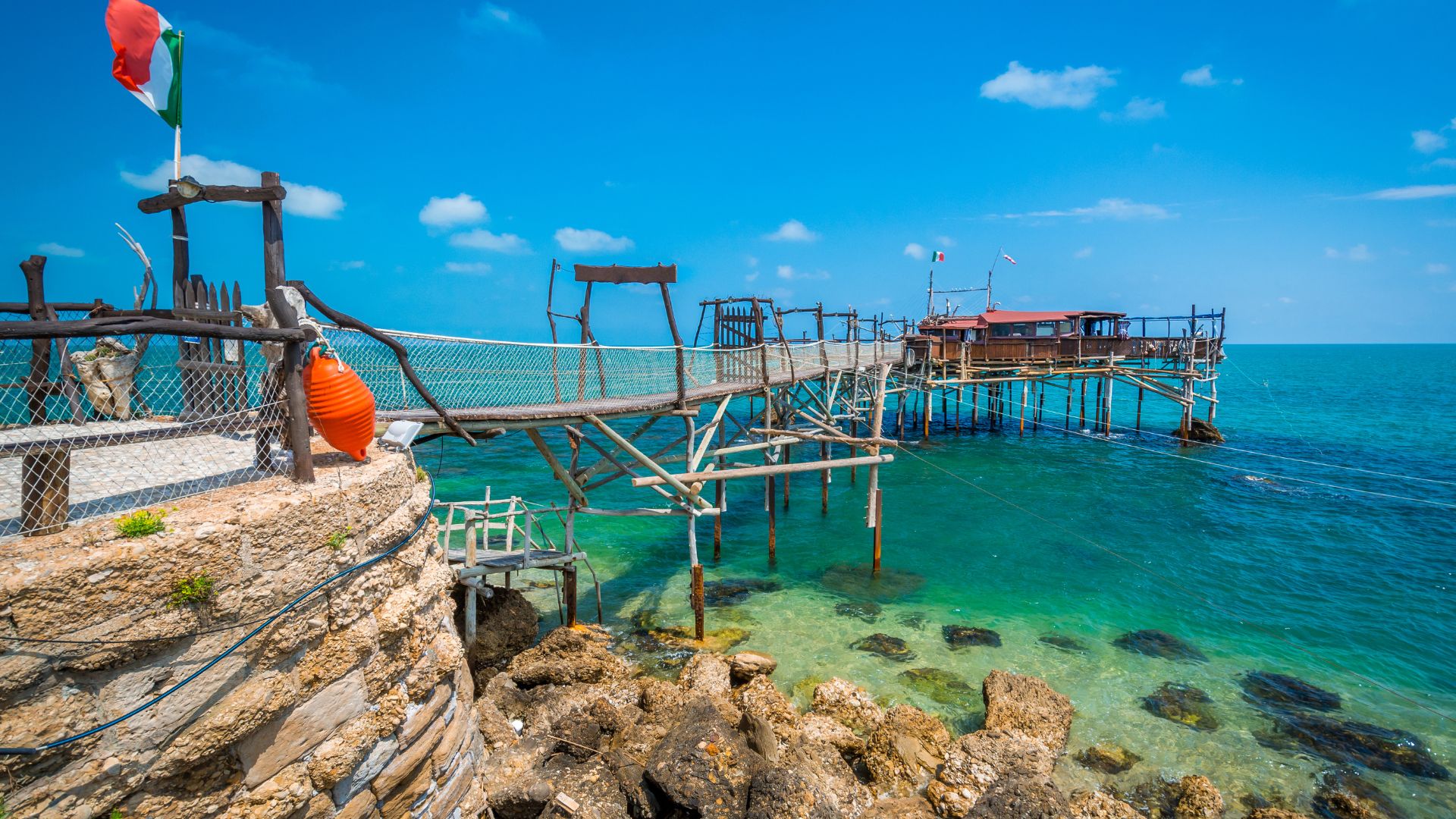
Daytime Versus Evening Experiences
Visiting during the day gave me jaw-dropping ocean views and quiet moments as fishermen got their gear ready.
The platforms swayed gently with the waves, creating this almost meditative vibe.
I even spotted dolphins surfacing nearby.
But the evening? That’s when the magic happens.
As sunset painted the sky in wild oranges and purples, the platforms became alive with activity.
Lamps flickered on, nets got prepped, and the fishermen’s chatter filled the air.
Night brought a whole new adventure.
Stars reflected off the water, and sometimes bioluminescent plankton sparkled below.
The spotlights didn’t just pull in fish—they made the water glow in this otherworldly way.
Dining felt different, too.
Daytime meals featured last night’s catch, simply prepared with local spices.
At night, they cooked up fish caught just minutes earlier—talk about ocean-to-table.
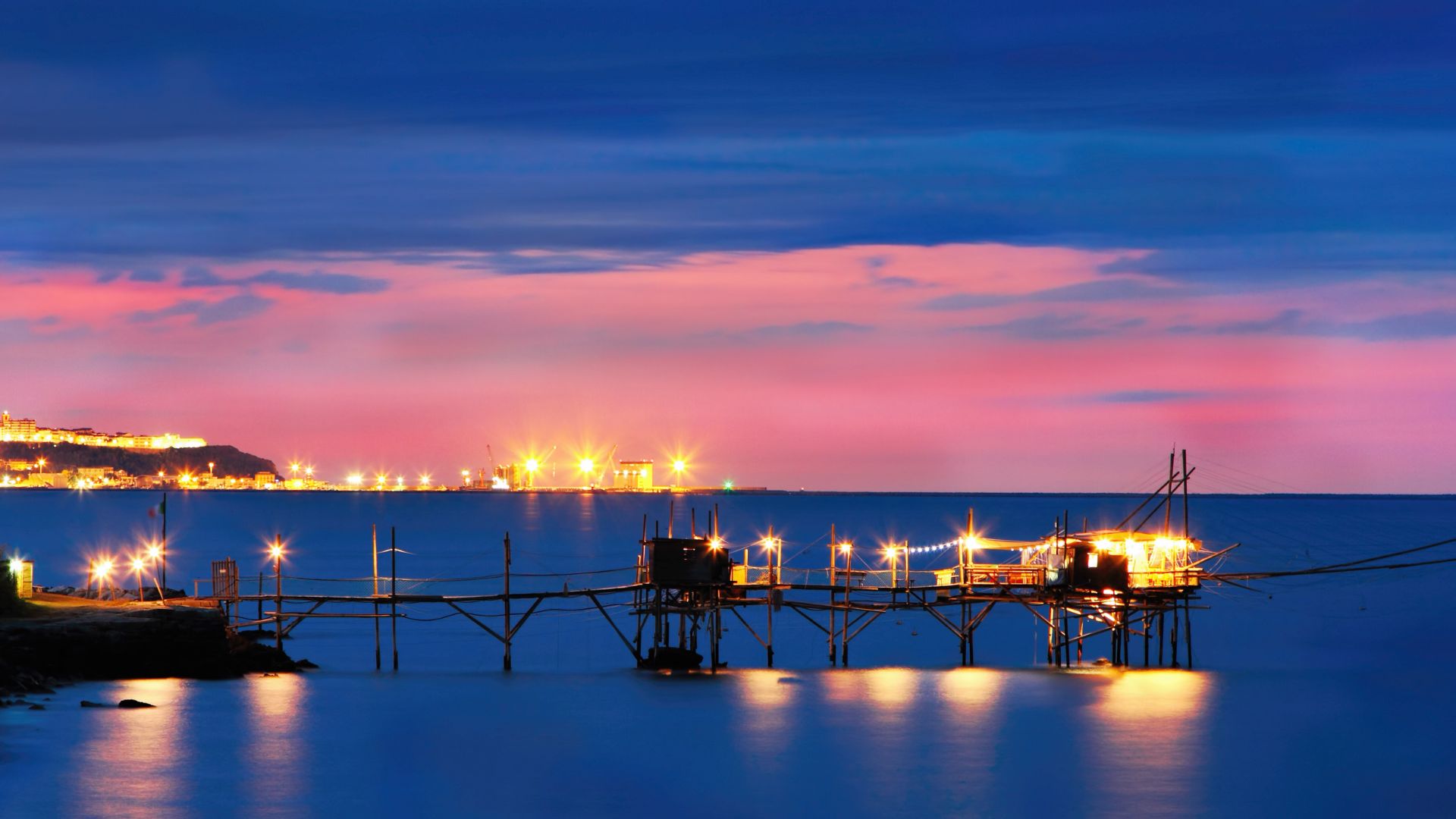
Setting the Scene: Dining Above the Waves
Sitting on ancient wooden stilts, this seafood restaurant offers something truly out of the ordinary.
The gentle rocking under my feet made me feel instantly connected to the ocean that provided our meal.
Ambience and Atmosphere
Stepping onto the weathered platform, I immediately noticed its rustic charm.
Lanterns swung overhead, casting a cozy glow on the wooden tables—each one set up to soak in the ocean views.
The staff moved around with practiced ease, even as the platform shifted beneath us.
They kept things simple—no fancy tablecloths or fussy décor, just weathered wood, comfy chairs, and the occasional fishing relic on the walls.
What I loved most? The restaurant balanced fine dining with a laid-back vibe.
I felt just as comfortable in my sundress as the folks in linen shirts and sandals.
The platform’s creaks and groans added a soundtrack you can’t fake.
It constantly reminded us where we were.
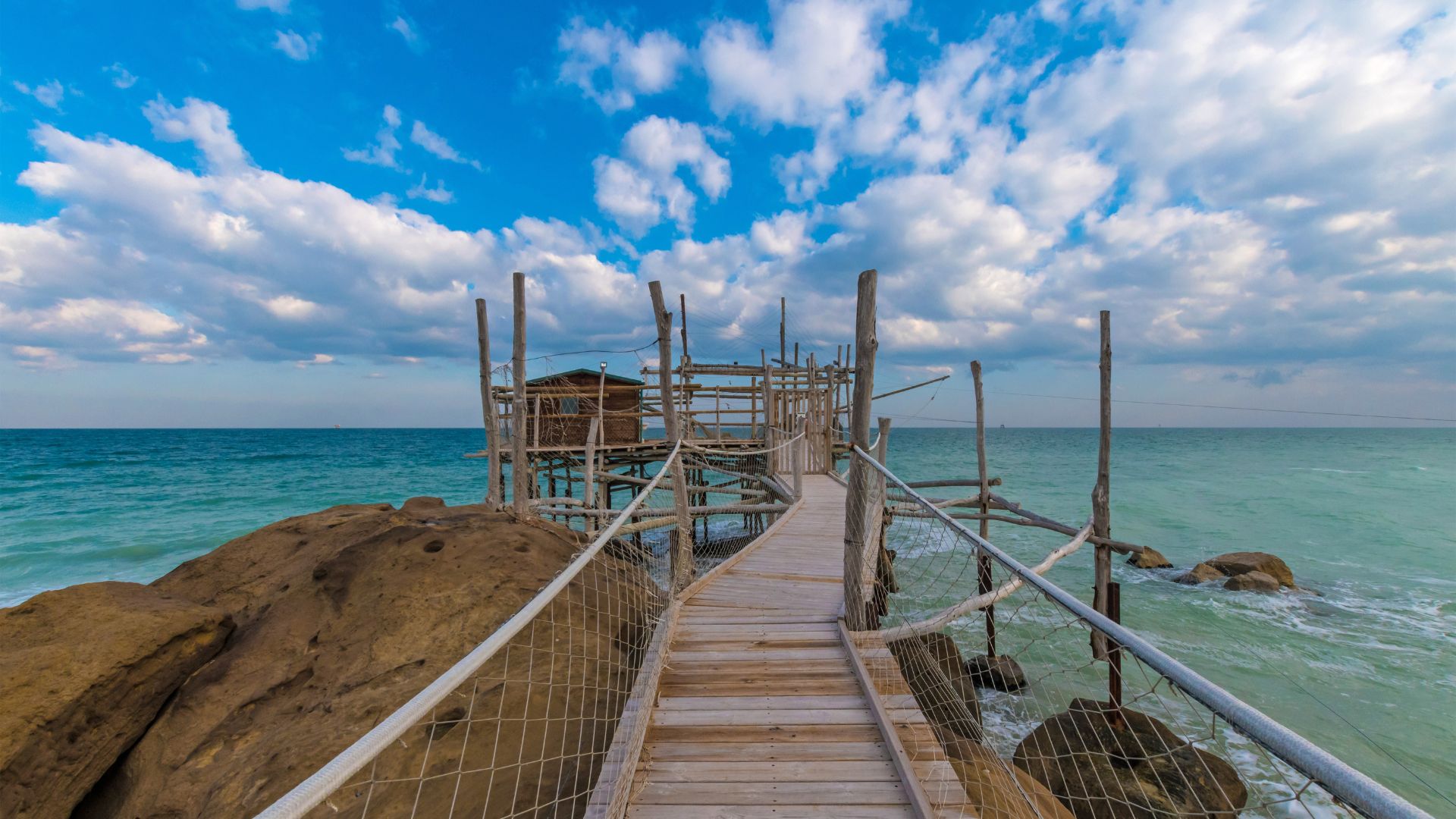
Unique Views and Sounds
The ocean views from up here? Unreal.
On nice nights, the windows slid open, blurring the line between inside and out.
I watched the sun turn the water gold as it sank, then gave way to a spectacular sunset that had everyone reaching for their phones.
The sounds were just as memorable—waves lapping at the stilts, seabirds calling, and the splash of fish jumping nearby.
During appetizers, a pod of dolphins swam by.
Every conversation paused.
That’s not even rare here.
The platform’s height gave us the perfect spot to take in both the vastness of the sea and its tiny details.
The Role of the Sea in the Culinary Experience
This place takes “ocean-to-table” to a whole new level.
Our server told us much of the meal came from the water right below us, caught that very morning.
The menu changes every day, depending on what the fishermen bring in.
That night’s choices included:
Fresh Catch Options:
- Local red snapper
- Line-caught tuna
- Spiny lobster
- Sea bass
The chef mixed traditional fishing recipes with modern twists.
Every dish told a story about the sea and the generations who fished it.
You can taste the difference with seafood this fresh, vivid flavors that barely need seasoning.
Even the salty air seemed to make everything better.
Between courses, I watched fishermen bring in their evening catch on nearby platforms.
It reinforced how connected this restaurant is to the ocean.
The Seafood Feast: A Culinary Journey
The platform’s kitchen turned the sea’s bounty into a meal I’ll never forget.
Each dish celebrated both traditional techniques and new flavors.
Starters from the Sea
We started with a jaw-dropping platter of raw treats.
Oysters glistened on crushed ice, dressed with lemon and a splash of chili vinegar.
That briny sweetness instantly transported me below the waves.
Next up, a delicate crab salad served right in its shell.
The meat was so sweet and tender, just lightly dressed with herbs from the platform’s little garden.
The caviar service? Tiny black pearls on mother-of-pearl spoons, with all the classic sides.
Honestly, it felt just right—not stuffy, just bursts of ocean flavor.
A small plate of pickled mussels brought a tangy punch; their plump bodies soaked in citrus and herbs.
The chef said they’d harvested them from their mussel lines.
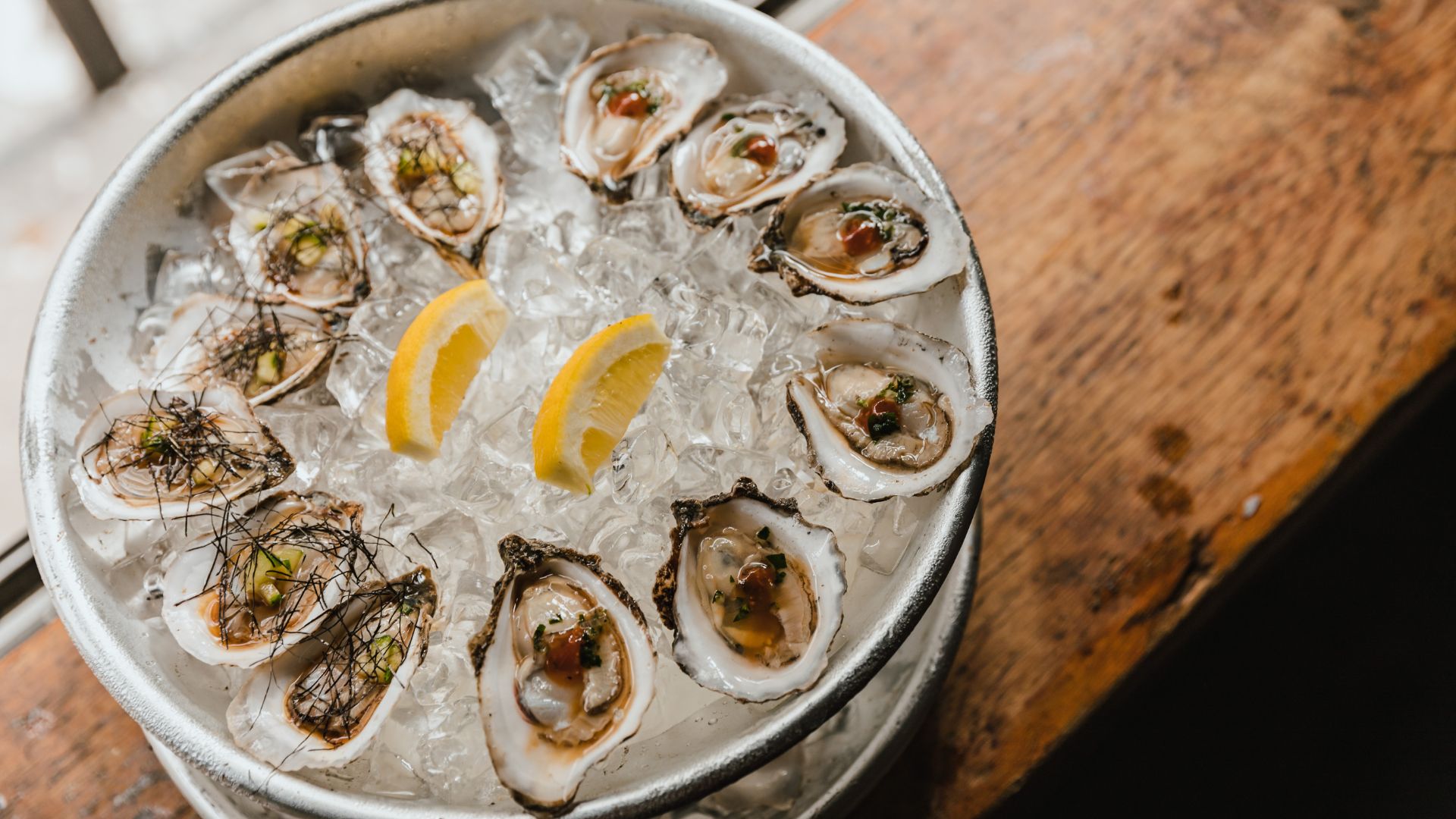
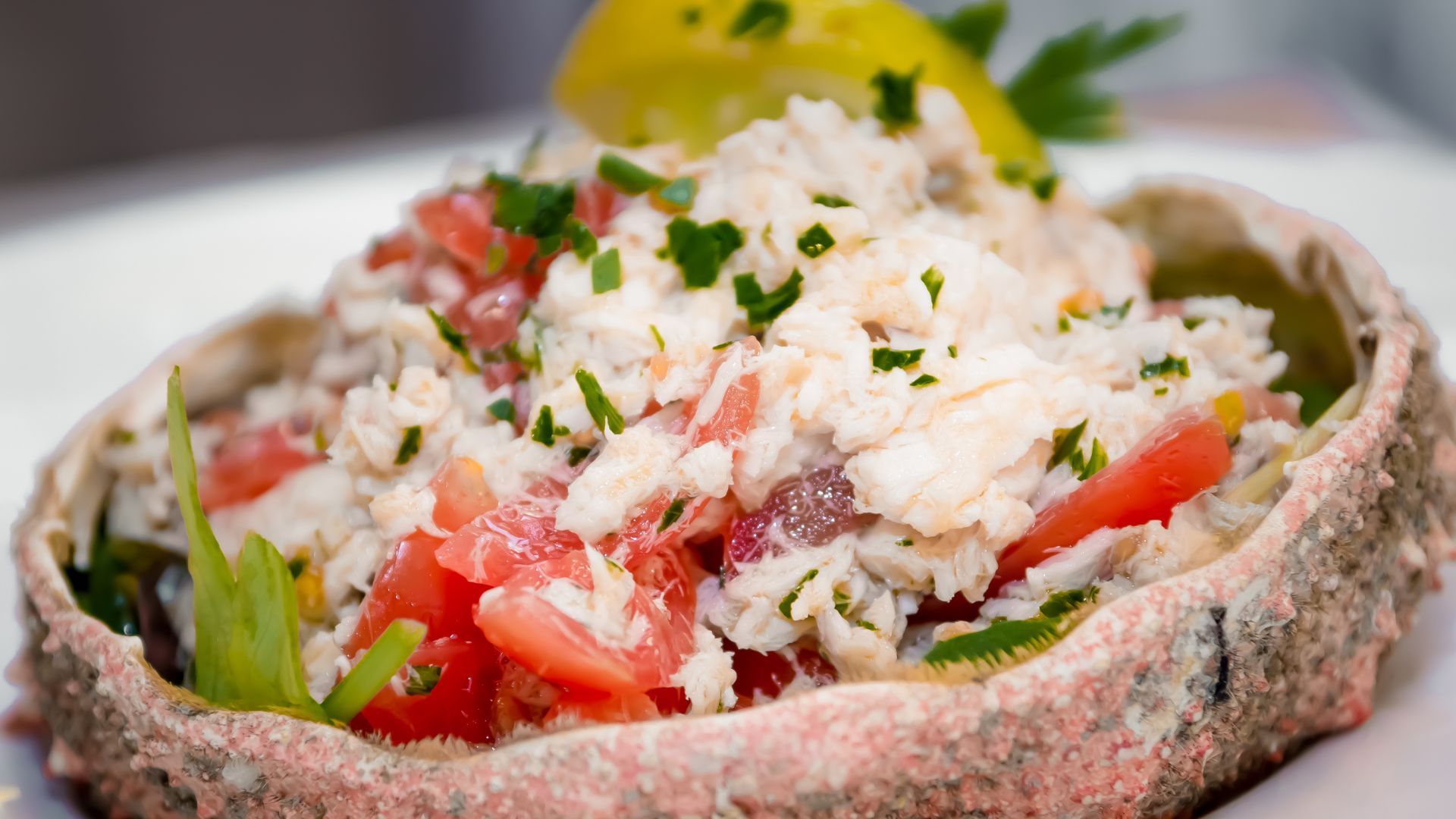
Signature Shellfish Dishes
Main courses came out family-style, which made sharing easy and fun.
A giant platter of lobster took center stage, grilled over open flames.
The meat was unbelievably sweet and tender.
Local shrimp, caught that very morning, showed up in two ways—some grilled with garlic, others in a rich coconut curry that nodded to regional flavors.
The crab claws were messy, but so worth it.
Cracking them open revealed big, juicy chunks of meat that barely needed the clarified butter on the side.
I appreciated how the chef focused on sustainable practices.
All the shellfish came from managed populations, and they used harvesting techniques that protect the ocean floor.
Highlighting Fresh Local Fish
The fish course featured three local varieties, all caught that morning.
Red snapper arrived whole, its crispy skin hiding flaky white flesh that only needed a squeeze of lemon.
Yellowtail steaks got a quick sear, preserving their buttery texture.
They served them with a bright herb sauce that didn’t overpower the fish.
The surprise hit? Moi, a delicate white fish once reserved for Hawaiian royalty.
It was pan-fried and served in a light broth—so tender it practically melted.
Each fish came with a story about how it was caught and why it matters to the local community.
Fishermen used traditional line methods, not nets, to protect the reefs and avoid bycatch.
The chef’s dedication to serving only sustainable species showed in every dish.
Nothing went to waste, and every flavor honored the ocean’s gifts.
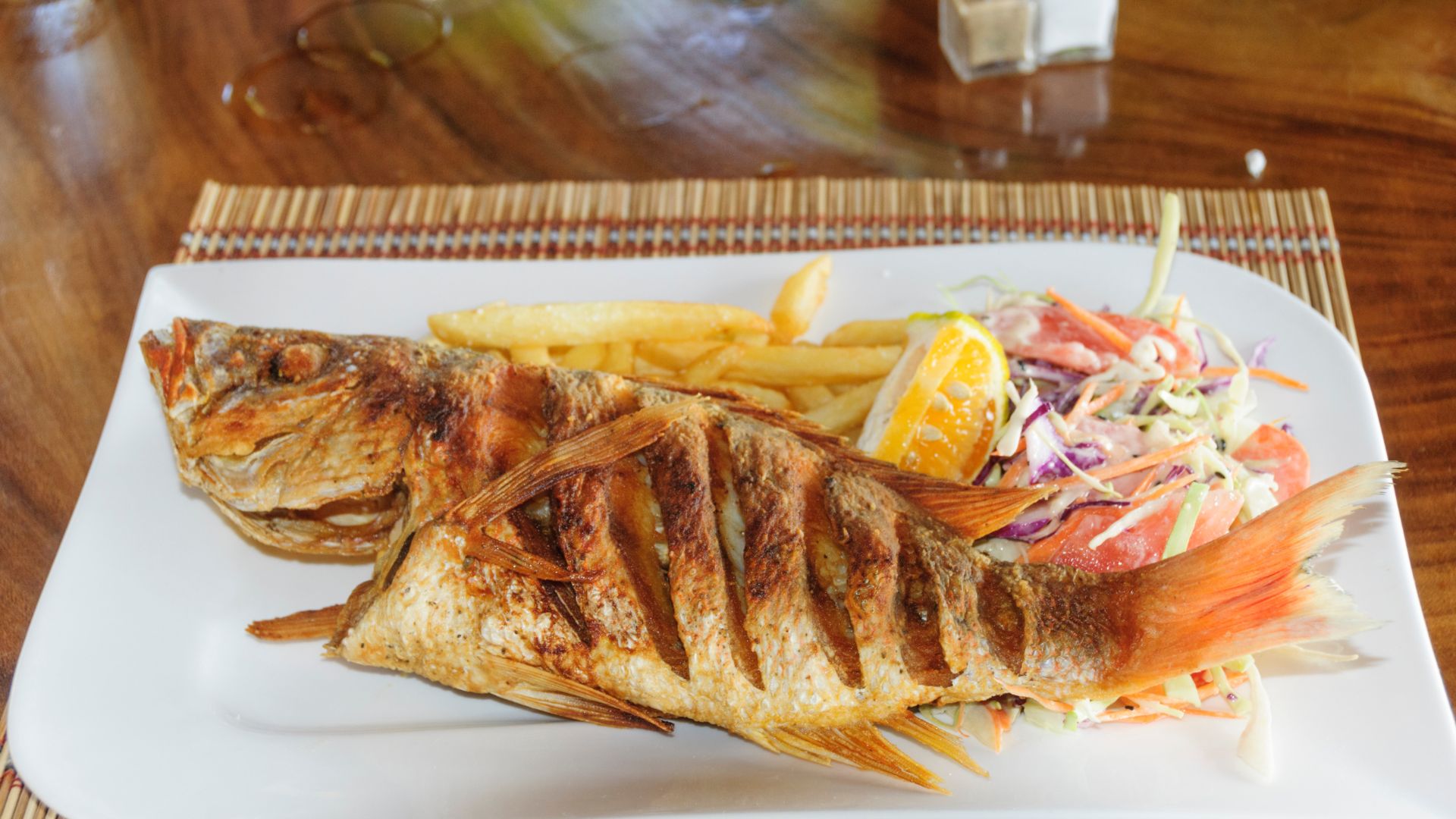
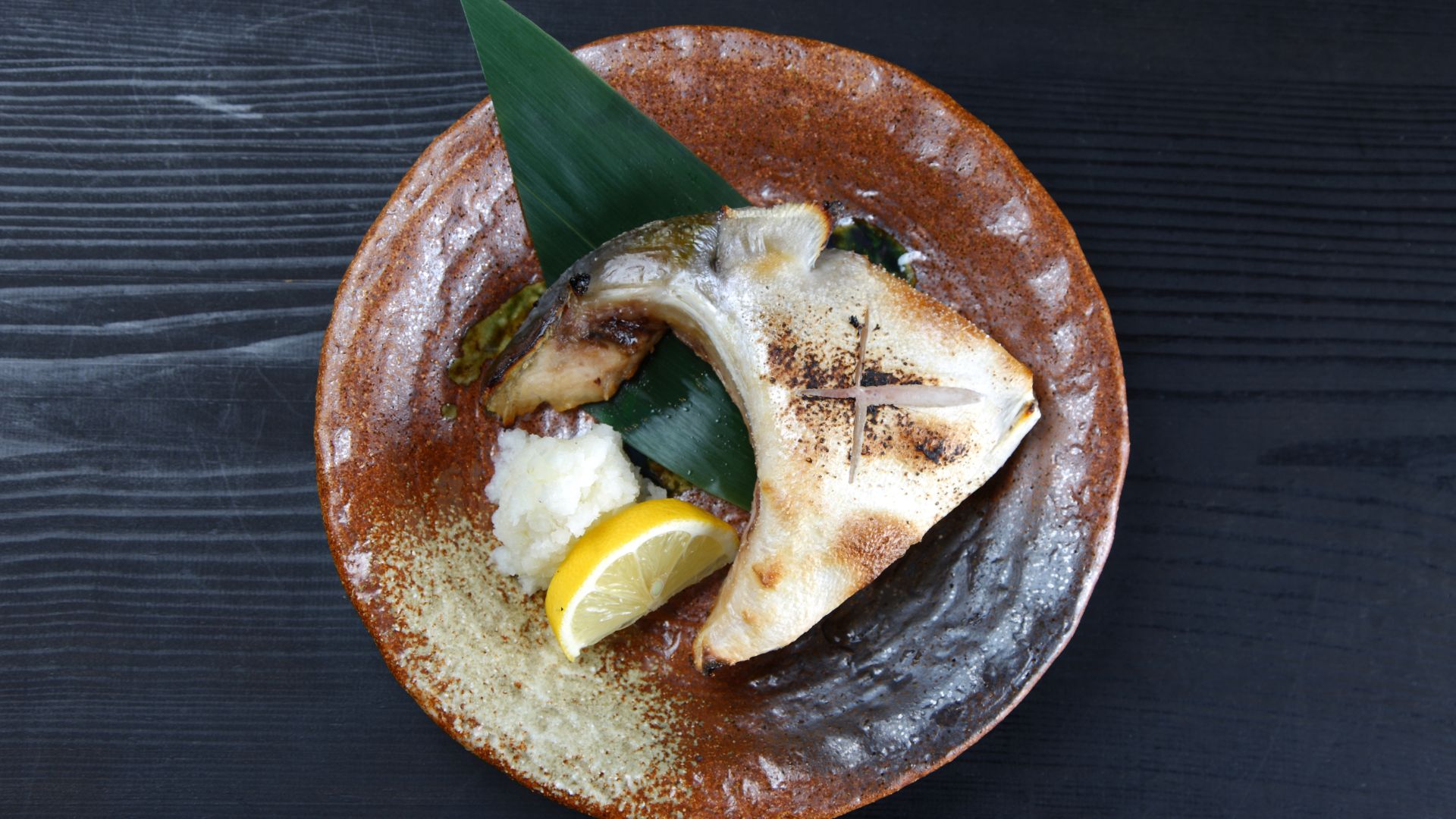
Beyond Seafood: Surprising Menu Offerings
Even though seafood stole the show, the platform restaurant wowed me with non-seafood options that mixed local tradition and a bit of culinary daring.
Gourmet Additions and Delicacies
The rack of lamb was outstanding, paired with a mint-rosemary reduction that just worked.
I watched the chef in the open kitchen, explaining how they source from local farmers who raise livestock on coastal pastures.
Wild mushroom risotto followed—a rich, earthy dish with locally foraged chanterelles and morels.
Foragers from the nearby forests supply the restaurant exclusively.
For something simple, their gourmet sandwiches surprised me.
The smoked duck with fig jam on sourdough was perfect for lunch while watching the waves.

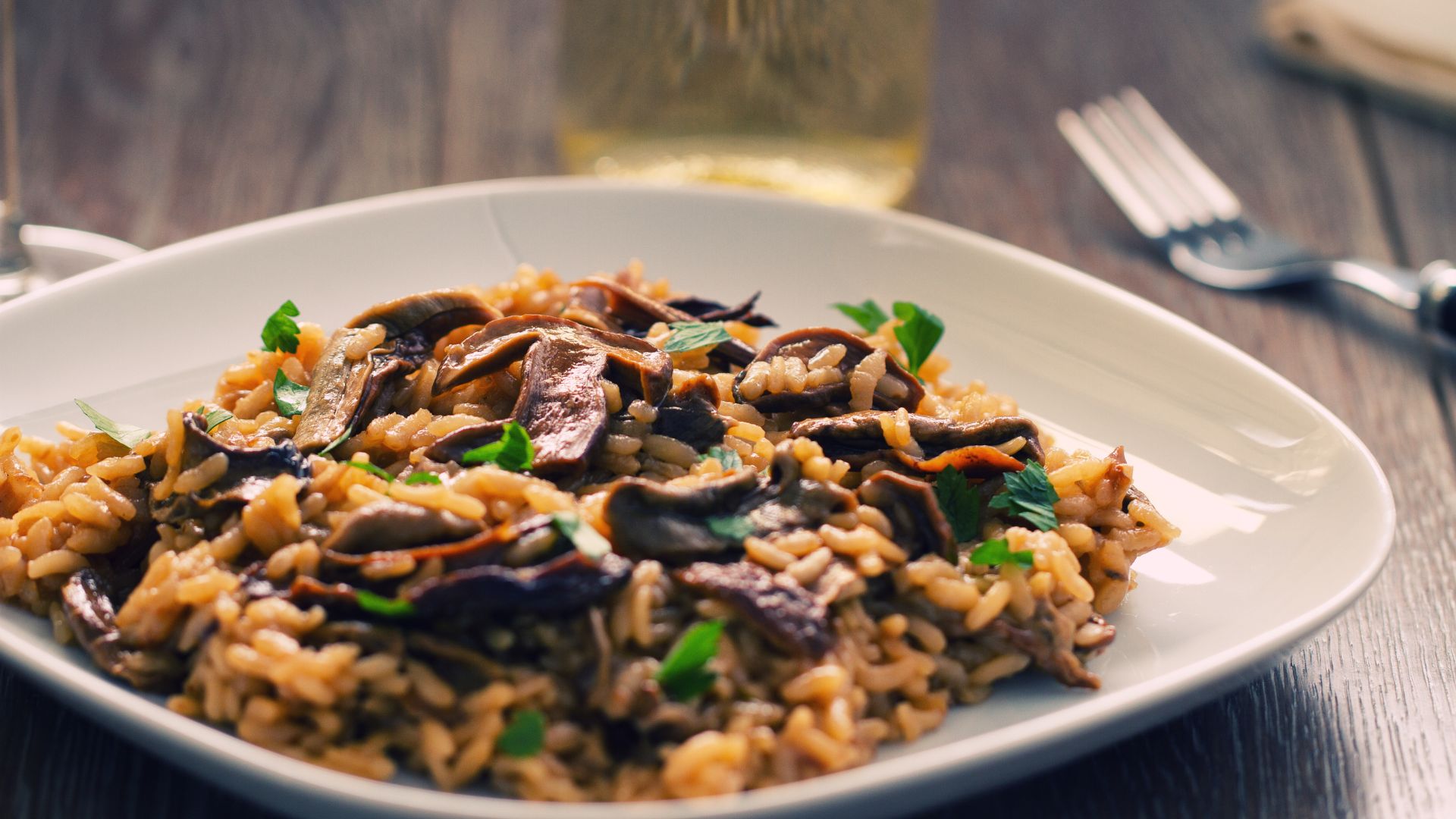
Vegetarian and Unexpected Flavors
What impressed me was the commitment to vegetarian options.
The roasted root vegetable platter with walnut pesto showed that plant-based dishes can shine, even on a seafood menu.
Some dishes used fermented ingredients from their on-site preservation program.
The kimchi-stuffed mushrooms packed a punch—earthy, spicy, and unexpected.
They’ve even got a small hydroponic garden on the edge of the platform, providing fresh herbs and microgreens year-round.
They avoid frozen foods when they can, but their house-made ice creams—sea salt caramel and coastal pine, for example—are worth saving room for.
The vegetable tempura, using whatever produce arrived that morning, offered a light, fresh alternative that still fit the vibe.
A Night to Remember: Personal Reflections and Practical Tips
My evening dining above the waves brought together unforgettable moments and a few lessons learned.
It’s about celebrating, preparing, and just soaking in unique dining adventures.
Celebrating Special Occasions
I picked this floating restaurant for my partner’s birthday, which turned out to be magical.
When I mentioned the occasion while booking, the staff went all out.
They set up a special table with an open sunset view and even brought a complimentary dessert.
The platform’s gentle rocking made the setting intimate in a way you just can’t get on land.
Candlelight flickered, waves lapped below us, and everything felt extra romantic.
If you’re planning a celebration here, I’d say:
- Book at least three weeks ahead
- Ask for specific seats when you reserve
- Bring a light jacket, even if it’s warm
- Get there early for pre-dinner drinks at sunset
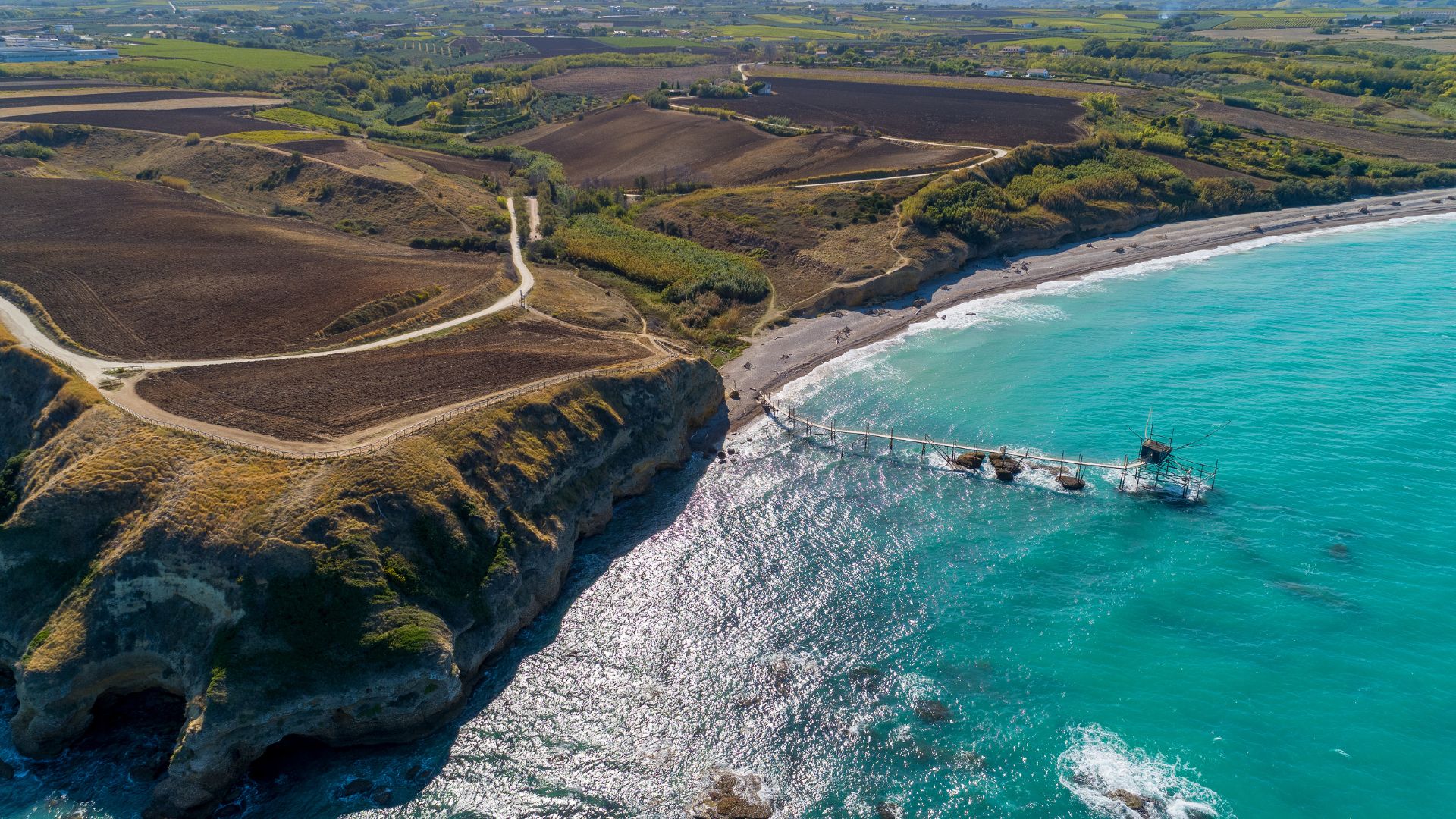
Advice for Future Visitors
A little planning goes a long way for this adventure.
You can only reach the platform by a small boat that leaves every 30 minutes, so don’t cut it close.
I’d show up at the dock 15 minutes early.
Dress in layers—the evening breeze can surprise you.
Flat shoes are a must; the platform does sway a bit.
Late spring and early fall are the best times to visit.
Weeknights feel calmer than weekends.
If you want the full experience, order the chef’s tasting menu with seafood caught that day.
The crab dishes were so fresh that they reminded me of top-rated spots like The Point Crab House.
Accordion content.

